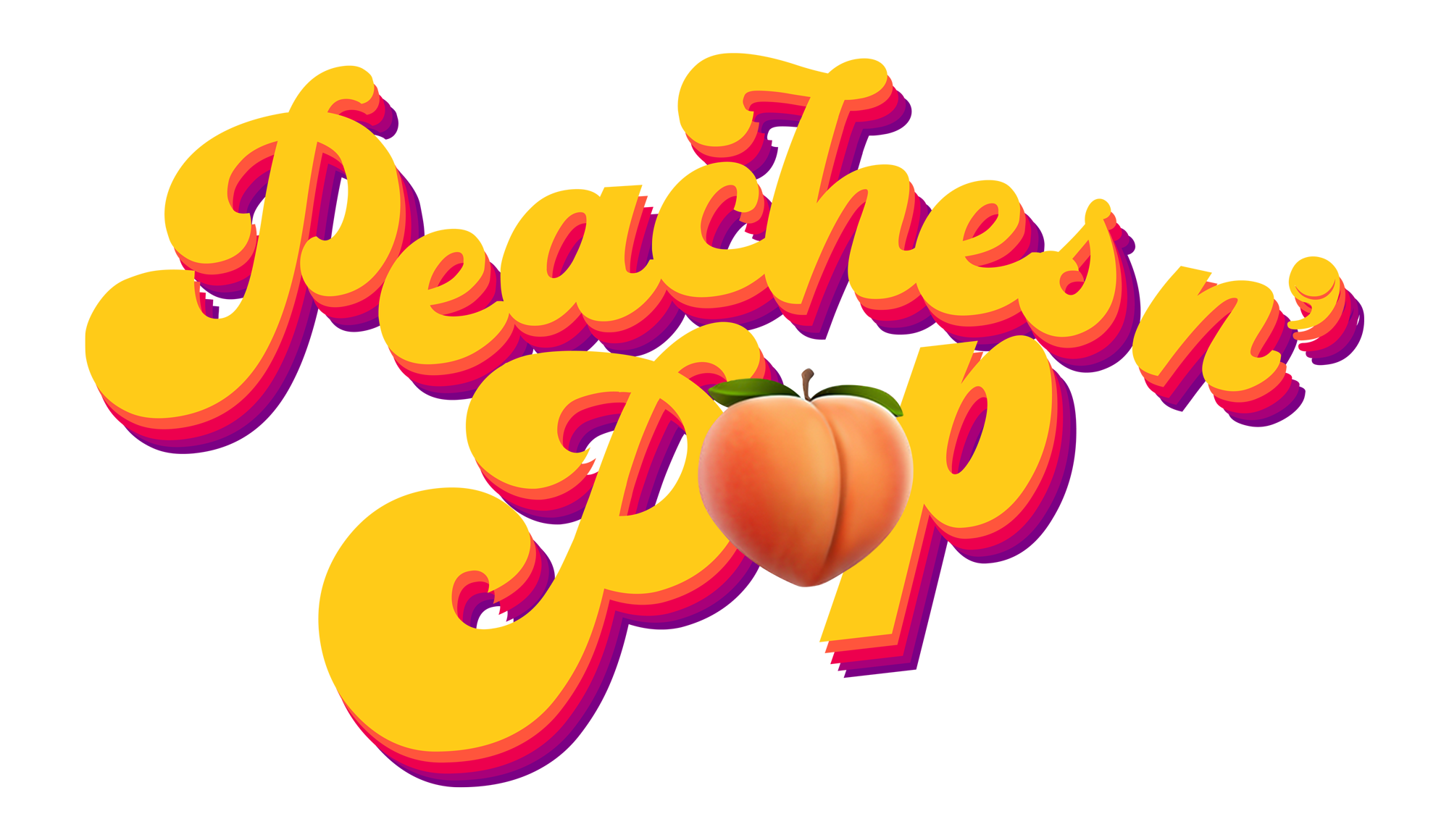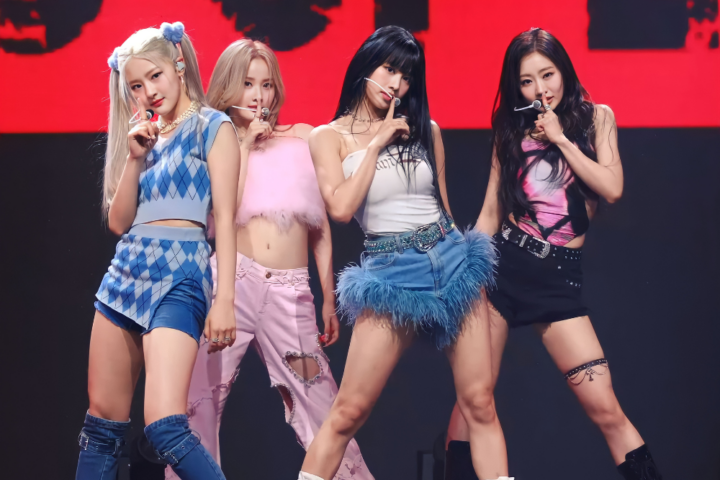The music industry is undergoing a significant transformation, with independent artists increasingly stepping into the spotlight and reshaping the way we experience music. This shift towards indie music reflects broader changes in technology, culture, and consumer preferences, as artists and fans alike seek new ways to connect and create.
One of the primary factors driving the rise of indie music is the democratization of technology. Advances in digital recording and distribution have made it easier and more affordable for artists to produce and share their work. Platforms like Bandcamp, SoundCloud, and Spotify allow musicians to release their music without the need for major label backing. This accessibility has empowered countless independent artists to reach audiences directly, bypassing traditional gatekeepers and building dedicated fan bases.
Social media also plays a crucial role in the success of indie artists. Sites like Instagram, TikTok, and Twitter offer musicians a platform to promote their music, engage with fans, and create buzz around new releases. The ability to connect with listeners on a personal level helps independent artists build strong, loyal communities and generate word-of-mouth promotion that can be as powerful as traditional advertising.
Another reason for the rise of indie music is the growing desire among listeners for authenticity and originality. In an era of mass-produced content, fans are increasingly drawn to the unique voices and personal stories that independent artists offer. Indie music often embraces unconventional sounds and experimental approaches, allowing artists to explore creative freedom and connect with audiences on a deeper level. This authenticity resonates with listeners who are looking for something more genuine and relatable than mainstream offerings.
The changing dynamics of the music industry have also contributed to the rise of indie music. Traditional record labels, once the primary means of distribution and promotion, are no longer the sole path to success. Independent artists can now achieve significant recognition and success through grassroots efforts, collaborations, and strategic use of digital platforms. This shift has led to a more diverse and vibrant music scene, where indie artists can thrive alongside their mainstream counterparts.
Collaborations between indie artists and established brands or media outlets further highlight the growing prominence of independent music. Many companies are partnering with indie musicians for advertising campaigns, playlists, and live events, recognizing the influence and reach that these artists bring. Such partnerships not only provide exposure for indie musicians but also reflect a broader cultural appreciation for their work.
Live performances and touring are also vital to the success of independent artists. Many indie musicians build their following through energetic and engaging live shows, often performing at smaller venues and intimate settings. These performances allow artists to connect with fans in a personal way and create memorable experiences that can translate into long-term loyalty and support.
The rise of indie music is also linked to a broader cultural shift towards valuing individualism and self-expression. As audiences seek more diverse and unique content, indie artists provide a refreshing alternative to mainstream trends. This shift reflects a desire for more varied and authentic artistic expressions, allowing independent musicians to take center stage and shape the future of music.
Overall, the rise of indie music underscores the evolving nature of the music industry and the growing influence of independent artists. By leveraging technology, social media, and a strong sense of authenticity, indie musicians are carving out a significant space in the musical world. As fans continue to embrace the diverse and innovative sounds of independent artists, it’s clear that this movement is reshaping the music industry and offering a new and exciting array of musical experiences.





